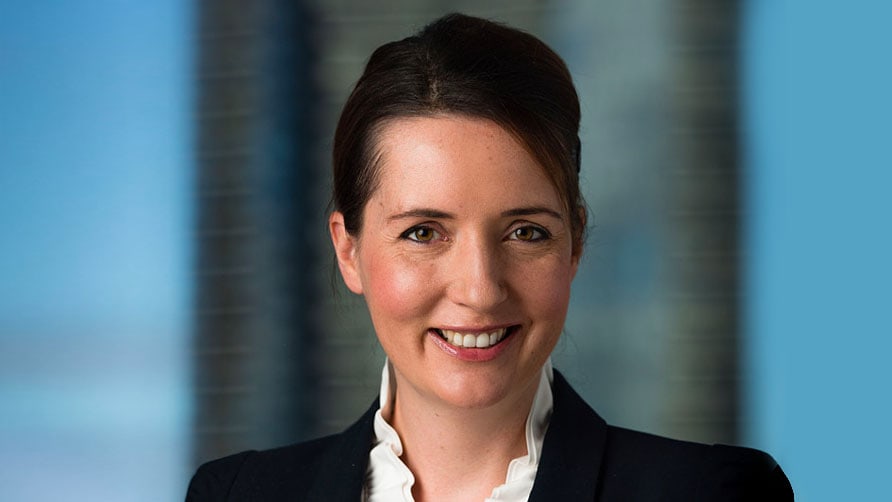Digital Natives are coming for you!
December 13, 2021
It’s been over 20 years since I majored in Marketing at Swinburne University. How much of what was taught then, still applies now? More importantly, perhaps, how much of what is necessary now to a marketer’s toolkit wasn’t taught in the past, before artificial intelligence, social media and our always-on economy?

I recently had the pleasure of chatting with Kate Young, Senior Manager for Customer Centricity and Capability at ANZ Bank, one of Australia’s largest banks. Like me, she received her degree before the digital transformation, and realised, as I did, that to be relevant meant not merely keeping up, but staying ahead. Indeed, she is considered ANZ’s Resident Futurist.
Her message is that marketers are on the cusp of being obsolete if they don’t continually upskill. This means continually learning new technical skills and being adaptable to consumer trends. The biggest trend is the ascendency of digital natives.
There’s a cataclysmic change that brands across all industries need to make with this new generation of customers. ‘We’re no longer competing within our own category’, Kate says. ‘We’re competing with everyone. And customer expectations set the standard for what brands need to do to be relevant now and into the future.’
According to Kate, we’re reaching an inflection point. In 2024 digital natives will take over demographically and have a greater impact than digital immigrants. Digital immigrants are people such as Kate and myself, and perhaps you, who came of age before the internet. If you’ve ever done a road trip with friends using the Melways instead of Google Maps/GPS or sent faxes at work, you are probably a digital immigrant.
Digital natives will no longer be merely a marketing channel, but the very fabric of society. Brands will have to change to stay relevant, and that means marketers will have to change.
‘ANZ has undertaken a huge transformational journey over the last three years around brand and the role that it plays. What we are seeing is a huge evolution of marketing driving brand strategy. We’re really focused on financial wellbeing. The idea here is that if you bank with ANZ you should have a better level of financial wellbeing because of the strategies and initiatives that we have in place. We’re really trying to carve out differentiation and distinction in a non-differentiated market. And we’re seeing that leading to not only better customer outcomes, but we’re seeing it accelerate long-term revenue growth as well.’
Differentiation I think is one of the key examples we will see in the future of banking. When I meet a new client one of the first questions I ask is how are they different from their competition? If they can’t answer immediately, that’s a red flag. Some industries, however, can get away with non-differentiation because they are so big: mining, petrol, banking. But with digital disruption, everyone is going to have to focus on what makes them special.
Indeed, the Royal Commission revealed the flaws in the old way of doing things. Sacrificing long-term success for short-term profits. Seeing customers as targets.
But Gen Z are not so easily fooled. They value authenticity above all else and seek information from various sources. They would rather deal with a bot which meets their needs than with a person who wants to exploit them. They give their loyalty to brands who prove they deserve it.
One of the ways ANZ has met this challenge is through a program Kate helped develop called Marketing Masters, which aims to build capability across the organisation. The program comprises 19 core areas under four categories: Discovery and Insights; Personalisation; Strategy, Planning and Prioritisation; and Execution.
The Marketing Masters program has significantly increased the bank’s employee engagement and retention.
ANZ’s strategy is an interesting case study for insourcing vs. outsourcing. The insourcing model for marketing has some interesting advantages, and I say this as someone who relies on outsourcing for my clients. But insourcing, especially across the organisation and not just within the marketing team, drives internal engagement and gets buy-in for the marketing budget so it’s not an ‘Us vs. Them’ contest for marketing spend. And the kind of insourcing that ANZ CMO Sweta Mehra has implemented increases the efficiency and effectiveness of the projects they do outsource, since everyone is on the same page.
This is not to say that insourcing will solve all your problems. The flipside of this and the advantage of outsourcing is drawing from the expertise of agencies that bring with them a greater awareness of trends, creative and best practice.
Of course not every business has the resources to create their own Marketing Masters program. But if you are a SME there are plenty of upskilling options available online. From university short courses to masterclasses on Coursera, there are new upskilling options popping up every day.
You can also make sure your new hires are either digital natives or up-to-speed digital immigrants and that they understand the need for continual upskilling.
Ask your leadership team these questions today:
- How can marketing help us future-proof our business?
- How can we upskill our employees and outsource more effectively?
- Are we rewarding creativity and initiative?
Don’t be complacent. Proactively adapt to the revolution Gen Z that is stirring. Don’t just survive this transition; take advantage of it, get a competitive leg up and grow your business.
